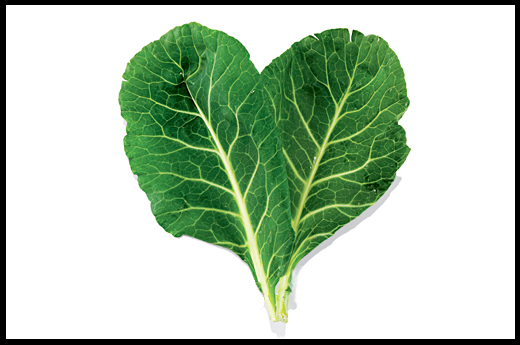by guest blogger David Kennedy, founder and director of Leaf For Life.
The New Year always brings with it lots of new fad diets. And when we hear the word ‘diet’ we immediately equate it with method for losing unwanted extra weight. But it actually describes any pattern of eating. And when our pattern of eating fails to supply the right balance of essential nutrients that our bodies require we become malnourished. Now, there are a few different ways we can become malnourished: There’s chronic hunger, and nearly a billion people in the world have poor health because they just don’t get enough food. Then there’s overnourishment, and over a billion people are overweight or obese mainly from consuming more calories than their level of activity requires.
But the most common type of malnutrition is neither of these; it’s what we call “hidden hunger.” It’s the shortage of one or more essential micronutrients, or nutrients needed in very small amounts. The symptoms of hidden hunger are not always visible, but the micronutrients most often lacking are iron and vitamin A.
Insufficient iron in the diet saps both mental and physical energy, and leads to anemia. Especially at risk are women of childbearing age, who need extra iron for menstruation, pregnancies and lactation; and young children, who need extra iron for rapid growth. Vitamin A is essential to our immune system. When we don’t get enough of it in our diet the linings of our respiratory and digestive systems can’t defend us against invading microbes and we become far more vulnerable to infectious diseases.
The greatest way to increase both iron and vitamin A is to consume more leafy green vegetables. And that’s why, this New Year, I’m calling on people to plant a small home vegetable garden. You can produce more iron and vitamin A in less space and in less time with green leafy vegetables than with any other crops. Some go-to favorites of mine are leaf lettuce, Swiss chard, kale, turnip greens, spinach, collard greens, and mustard greens. Some lesser-known leaf crops, such as moringa (Moringa oleifera), wolfberry (Lycium barbarum), toon (Toona sinensis), and chaya (Cnidosculus acontifolius) are easy to grow and are fantastically rich sources of both iron and vitamin A.
Small intensive home vegetable gardens focused on supplying iron and vitamin A could take a giant step towards resolving hidden hunger. And because so little space is needed, opportunities abound. Front yards, back yards, school yards, church yards, containers on porches, decks and balconies, even flat roof tops can be turned into productive vegetable gardens with raised beds.
And while iron and vitamin A deficiency are much less common in the United States than in developing countries, the potential benefit to our health from small gardens is still dramatic. Hundreds of studies have linked eating more fruits and vegetables with lower risk of obesity, heart disease, stroke, diabetes, and some forms of cancer. So, this New year, get yourself a seed catalog (a great way to pass the time on cold winter days) and start planning your own little green oasis of health.
Dave Kenney is founder and director of Leaf For Life a non-profit devoted to helping people improve their health by showing them ways to make better use of vegetables, especially leaf crops, in their diets. He is also the author of 21st Century Greens: Leaf Vegetables in Nutrition and Sustainable Agriculture.





I had the best salad garden ever! I planted a mesclen seed packet which happened to include arugula along with the usual other greens.
Two short rows of about 2 feet kept us, some neighbors and any drop in friends in delicious greens all summer! I used my salad spinner to good advantage.
Can’t wait for March to start one again. (Maybe I’ll try an indoor one under some grow lights, but perhaps too crowded with overwintering so many geraniums, etc.)
Sounds like a good resolution.
Great advice/post. So true. I am always running low on iron. But I get so distracted by learning all the things NOT to eat. I forget to take care of my own body’s needs before worrying about what a book said. So I am eating more spinach, and am going to try more variety of leafy veggies when its more available and growing them this spring.
Great post and great advice. I agree that growing greens is the best place to start gardening. They are very easy to grow and take up so little space. Not only are they healthy, but they also taste great whether in a salad or something hearty like collard greens. I’ll be planting more then ever this year.
Hello there, simply changed into alert to your blog through Google, and located that it’s truly informative. I am going to watch out for brussels. I will be grateful when you proceed this in future. Many other folks might be benefited out of your writing. Cheers!